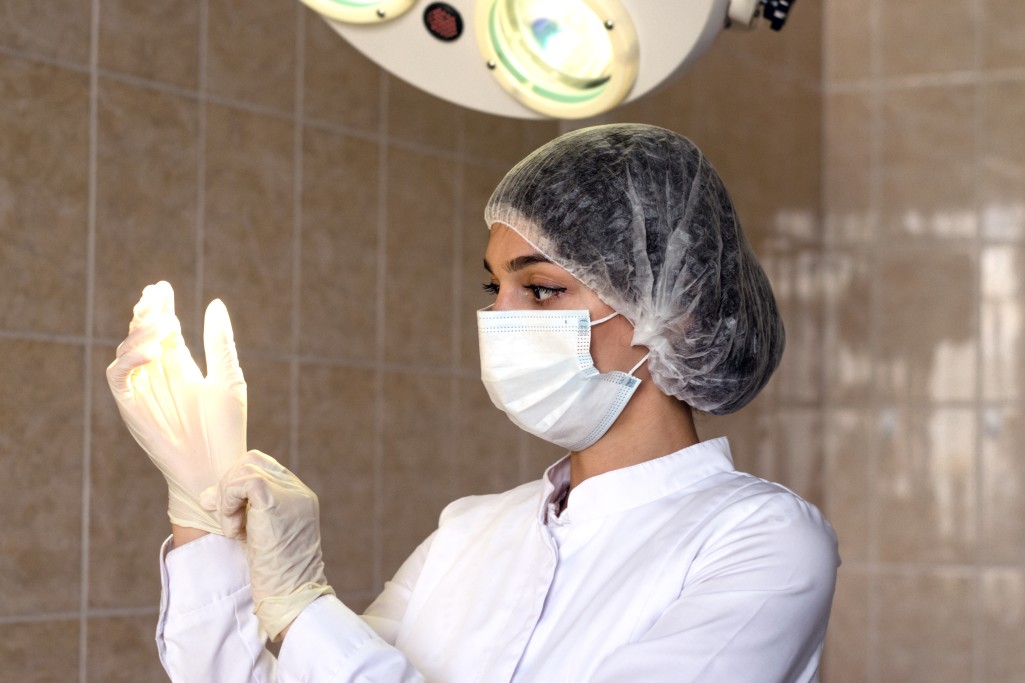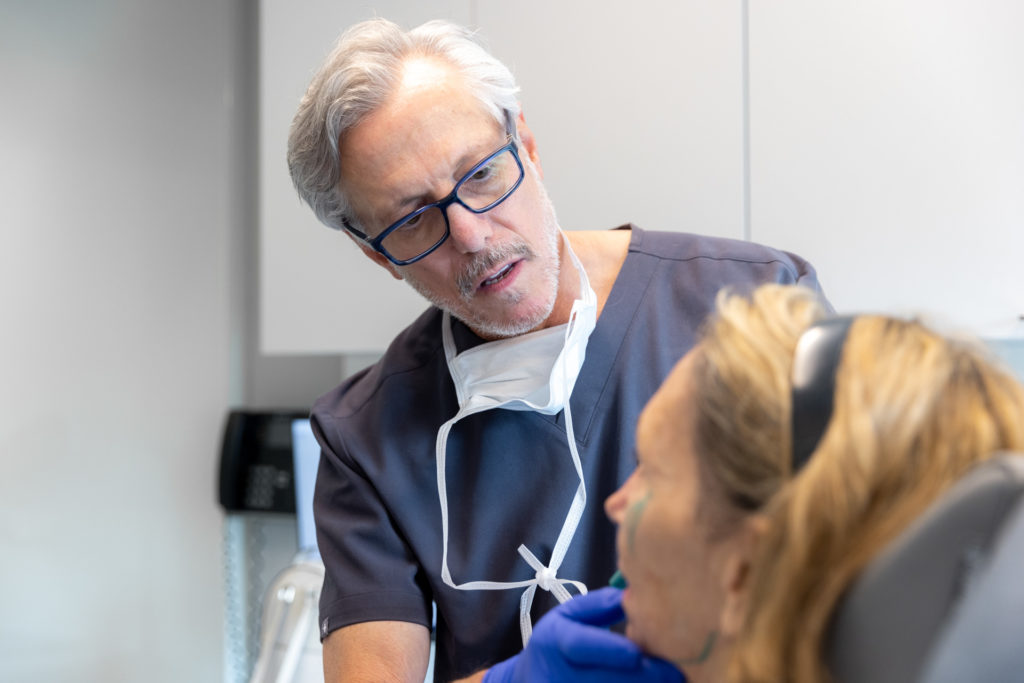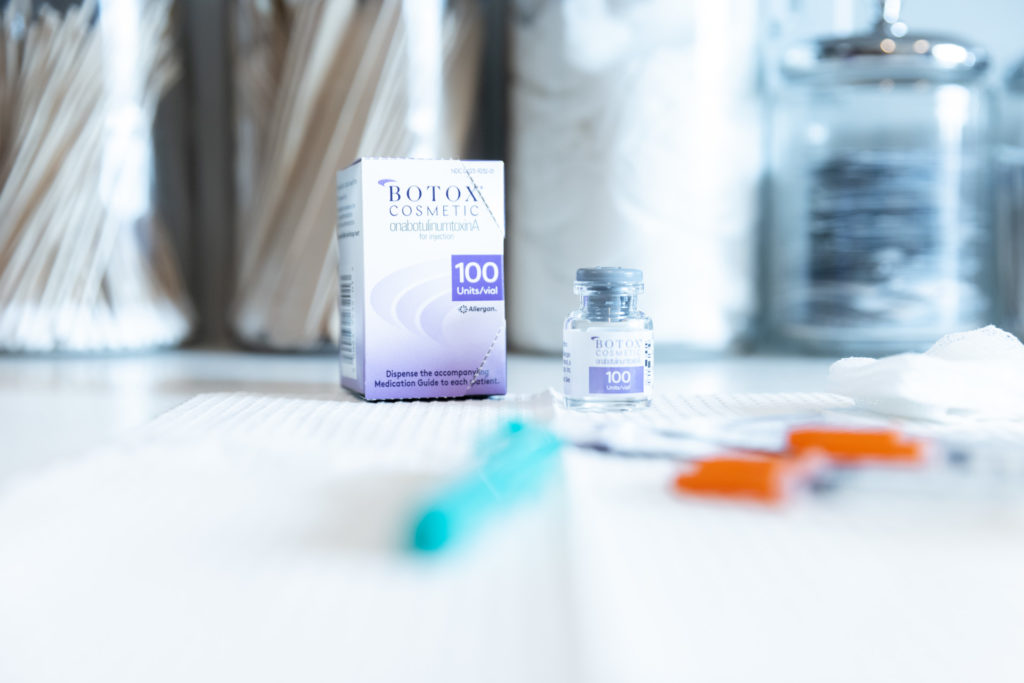
I recently returned from the annual Fall meeting of the AAFPRS (American Academy of Facial Plastic and Reconstructive Surgery) in San Diego, California. I look forward to that meeting every year as the Academy’s premiere meeting. It is a forum for experts to discuss procedures on panels, new innovations being presented by researchers, new products from medical vendors, and last but not least – the chance to catch up with good friends from all around the country. I missed only one of these fall meetings since my fellowship (1988), and that was two years ago when my twins were due. My next few blogs will be devoted to advances in plastic surgery that premiered at the meeting.
The meeting started off with a superb panel on facelifts. Panelists were chosen to discuss the various popular techniques practiced around the country. These ranged from mini-facelifts to (open) suture suspension lifts, MACS lifts, deep-plane facelifts, bi-planer extended SMAS lifts and the latest: laser lifts featuring the new laser SmartLift.
The goal of facelifts are to re-suspend drooping facial tissues by tightening the underlying muscle layer called the SMAS, then gently laying down the skin, without tension, to obtain natural long lasting results. Each of the above techniques has advantages and disadvantages. My main take-home lesson was that there is no one facelift for every patient. Mini-lifts have a place for patients who need minor improvement of the jowls, jawline and mild skin excess under their chin. For patients with heavy faces, the deep-plane facelift is still king.
I was enthralled by the laser lift. I recently purchased the SmartLipo Laser to use for neck contouring and to enhance liposuction results. I have been using it since August for neck liposuction, skin and jowl tightening and getting fabulous results. This laser can also be used to raise the skin for a facelift. By using the laser there is less bleeding and the skin flap is elevated more smoothly and rapidly… which all leads to less downtime and recovery, which gets the patient back to work quicker.




